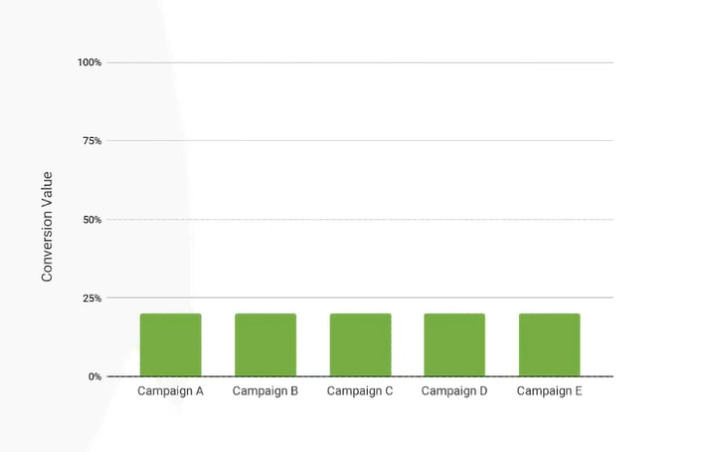

The reasoning behind this is that the first touchpoint is responsible for getting the customer interested in your product or service, while the last touchpoint is responsible for getting them to convert.įor example, if a customer goes through five touchpoints before converting, the first and last touchpoints could be assigned 30% responsibility for conversion, whereas the middle touchpoints may be assigned 10%. U-shape attribution is similar to time-decay attribution, but it assigns more value to both the first and last touchpoints in the customer journey. However, it does require more time and effort to set up and maintain. This approach is usually considered more sophisticated than linear attribution and can provide valuable insights into which touchpoints are most influential in the customer journey. The reasoning behind this is that these touchpoints are more likely to have influenced the decision to convert.įor example, if a customer goes through five touchpoints before converting, the touchpoint closest to the conversion (such as a personalised offer in an email) could be assigned 50% responsibility for conversion, whereas the first touch-point (such as an organic social media post) may be assigned only 5%. Time-decay attribution gives more value to touchpoints that are closer to the conversion. However, it doesn’t necessarily provide the most accurate picture of which touchpoints are most valuable.

This approach is simple and easy to understand, which makes it popular among businesses. It works by assigning an equal value to each touchpoint.įor example, if a customer goes through five touchpoints before converting, each touchpoint would be worth 20% of the conversion. Linear attribution is the most common type of multi-touch attribution. Let’s take a look at how each approach works. There are several different types of multi-touch attribution, each with its own advantages and disadvantages. What are the different types of multi-touch attribution? Multi-touch attribution aims to solve this by giving businesses a more holistic view of the customer journey. If we only credit the last touchpoint – in this case, the email campaign – we would miss out on the valuable insights about the other touchpoints that led to the conversion.
#Multitouch attribution agency free
However, because these approaches only credit the first or last interaction respectively, they limit a marketer’s understanding of the customer journey and ignore other vital touchpoints that contributed to a conversion.įor example, before a customer downloads a lead magnet such as a free trial, they might have engaged with a blog post, a social media ad, and an email marketing campaign. Other popular attributions models include first-touch and last-touch attribution. In other words, it’s a way of assigning value to each marketing touchpoint in the customer journey in order to understand which ones are most effective, making it an incredibly valuable tool for businesses of all sizes and sectors. Multi-touch attribution exists to answer the question: “What was responsible for getting people to convert?” In this article, we’ll discuss the benefits, limitations, and types of multi-touch attribution and how you can implement it within your own business’s marketing strategy. However, multi-touch attribution is not without its limitations. Even so, that doesn’t mean that businesses are much closer to understanding the effectiveness of each of their marketing touchpoints.īut as we use more and more technology to engage our audiences, new methodologies like multi-touch attribution are emerging to help businesses track the value of their different touchpoints in the buyer’s journey, and make more informed decisions about where to allocate their resources. Now that we’re in the digital age, customer journeys getting ever more complex.

In the absence of the digital metrics that we take for granted today, choosing where to prioritise spend and other resources was a big challenge. In the past, it was difficult for marketers to determine which interactions in their strategies were the most effective at getting their audience to take action. Have you ever run a marketing campaign, only to look back at your results and wonder what was responsible for getting people to convert? If so, you’re not alone.


 0 kommentar(er)
0 kommentar(er)
